That costs 10,000 what?! How many dollars is that?
Converting between different currencies while traveling can be tricky business in a busy street market unless you have a plan. Thankfully, a quick approximation doesn’t require a calculator or heavy math crunching! And it’s got to be simple if the average traveler expects to remember it when everything’s happening all at once.

Here’s the tricks I use every day when converting money on the fly.
Approximate the Exchange Rate
First, look up the exchange rate for the country you are visiting and pick a simple, close number that is easy to multiply and divide. This may include rounding up or down. Because who really needs decimal points in the way!
For example, we have these countries with three different exchange rates:
Bolivia: 6.88 bolivianos to $1 – I would pick 7, or “halfway between 5 and 10”
Thailand: 35.09 baht to $1 – I would pick 33 (33 is 1/3 of a hundred)
Costa Rica: 534 colónes to $1 – I would pick an even 500 (even though it’s a little lower)
A rough approximation is fine because you’re usually just trying to figure out if something costs one dollar or ten dollars, and even exchange rates fluctuate. If you’re at a money exchanger, sure, pull out the calculator. But don’t waste time and look like moneybags with your iPhone figuring out how much a bag of chips costs!
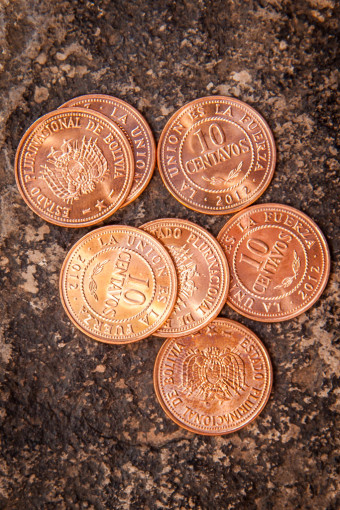
The $10 Rule
Also figure out roughly how much local currency is in $10. This gives you another reference point when you are trying to figure out how much you are spending.
Bolivia: 70 bolivianos = $10
Thailand: 330 baht = $10
Costa Rica: 5,000 colónes – $10
Local currency in 10, 100, and 1,000 Steps
Next, figure out approximately how many dollars is in the next closest 10, 100, or 1,000 of local currency.
Bolivia: $1.5 in 10 bolivianos, $15 in 100 bolivianos
Thailand: $3 in 100 baht, $30 in 1,000 baht
Costa Rica: $2 in 1,000 colónes, $20 in 10,000 colónes
Just separate out a local price into chunks that you know – like 10, 100, or 1,000, $1, and $10 then add them up.
For Example:
Bolivia:
25 bolivianos – 2 chunks of 10, and then a little bit more. $1.5 + $1.5 + ~$1 = $4
360 bolivianos – 3 and a half chunks of 10. $15 + $15 + $15 + $7 = about $50
Remember, we’re just looking for a rough estimate.
Thailand:
250 baht – 2 chunks of 100 and one chunk of 33. $3 + $3 + $1 = $7
1,480 baht – 1 and a half chunks of 1,000. $30 + $15 = $45
Costa Rica:
2,800 colónes – a little less than 3 chunks of 1,000. Ignore the 200 difference. $2 + $2 + $2 = $6
23,220 colónes – 2 chunks of 10,000 and 3 chunks of 1,000. $20 + $20 + $2 + $2 + $2 = $46
You’re ready to start converting!
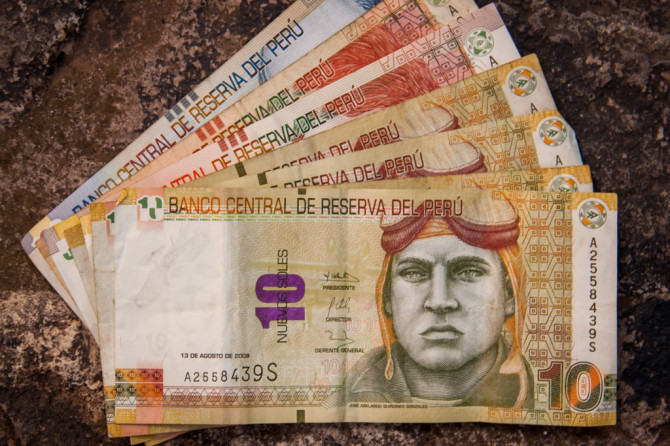
Tricks for Exchange Rates in Fractions – Nerd Alert!
If you want to be even faster, give this a try. If the exchange rate can be simplified into a fraction of a 10-base number (like 100 or 1,000) then you can convert with less math. Multiply by the bottom number of the fraction, then subtract the number of zeros that is in the 10-base number of your simplified exchange rate.
It’s easier to see with some examples:
Costa Rica Rule: The exchange rate is about 500 or 1/2 of 1,000.
Multiply the local price by 2 and drop 3 zeros.
23,000 colónes * 2 = 46,000. Drop 3 zeros –> $46
Thailand Rule: The exchange rate is about 1/3 of 100.
Multiply the local price by 3 and drop 2 zeros.
1,500 baht * 3 = 4,500. Drop 2 zeros –> $45
As you can see, It’s simpler if the price is already a round number. Some countries don’t have a fractional exchange rate, like Bolivia, so this trick won’t work everywhere.
The Non-Math Way to Convert Currencies
If adding numbers in your head makes your eyes cross, or you find that everything goes awry in stressful situations, don’t worry, there’s a simpler way.
Just figure out how much your daily budget is and compare the cost of something to that. For example, if your total daily budget is $30, that would be about 1,000 baht in Thailand. The price of a meal would run between 30-100 baht, so that looks like it would fit into your 1,000 budget fine. If a nicer hotel room costs 900 baht, that wouldn’t leave much room for food or activities in your budget, so maybe look around a bit more. After a few days, you’ll get a better idea for a food budget and entertainment budget as well.
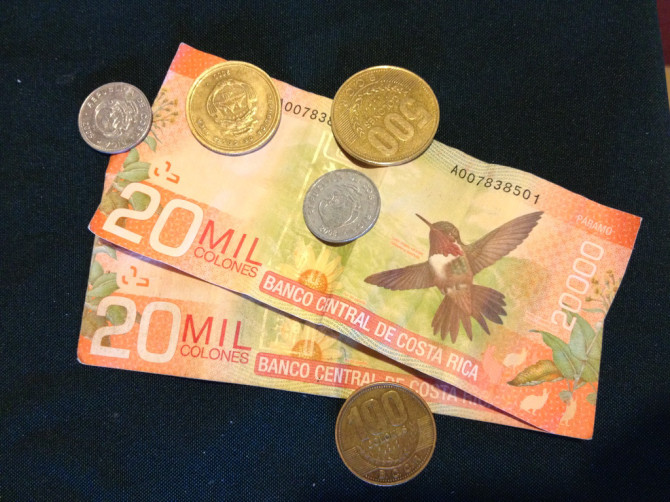
Now You’ve Mastered Quick Currency Conversions In Your Head!
With these tricks, you’ll be converting money like a local! Practice makes perfect and hopefully you won’t have to figure all this out in a stressful situation!
Sometimes I can get confused when switching to a new currency after crossing into another country. But, just find the new exchange rate and follow the same steps and you’ll be up to speed in a few days.
For us Americans, it’s helpful to note that some countries use a period instead of a comma for the thousands separator – using 1.000 instead of 1,000. A few times in Costa Rica I mistook 2.000 for just 2 with a mistake in the zeros, haha!
What are your tricks for converting currencies on the fly? Leave a comment to share your best tips & experiences!
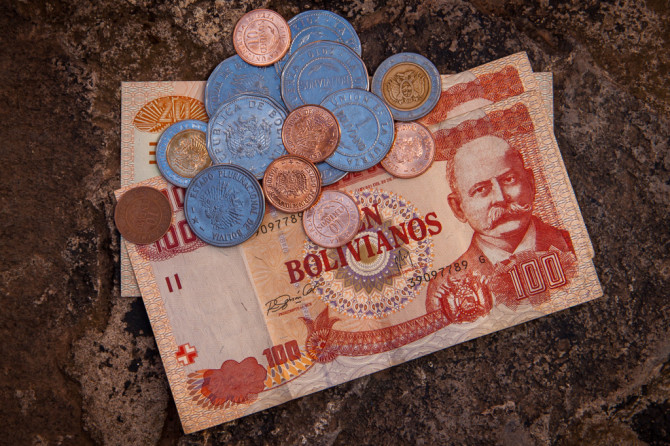
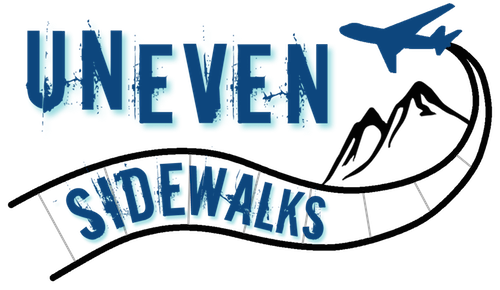



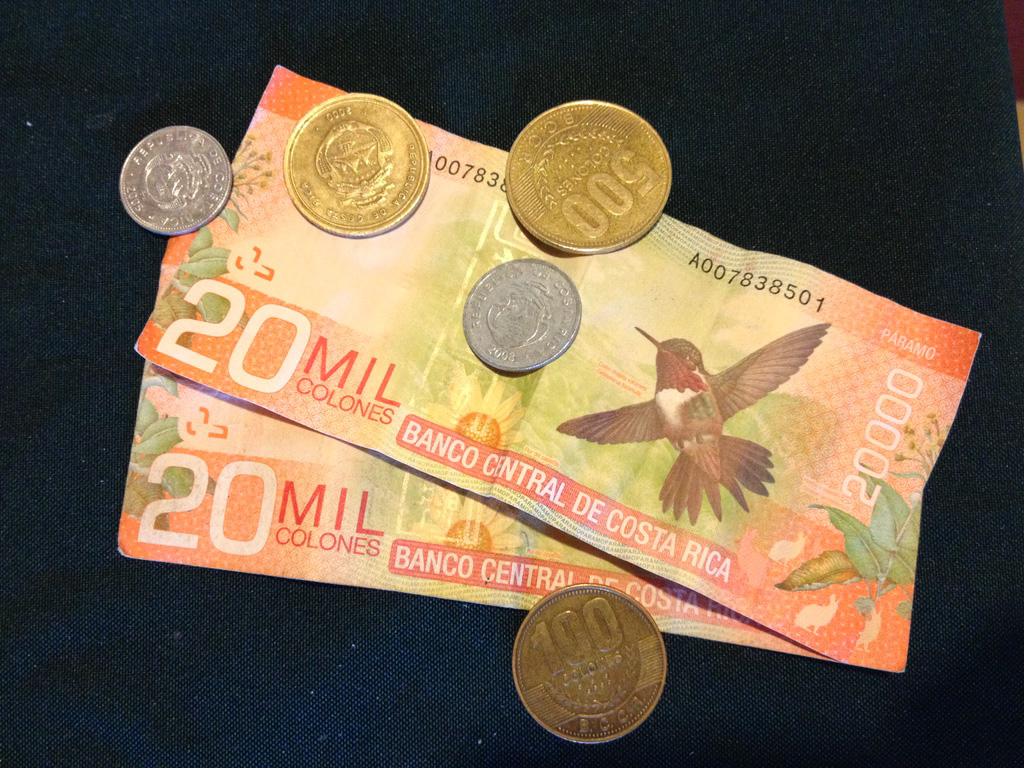
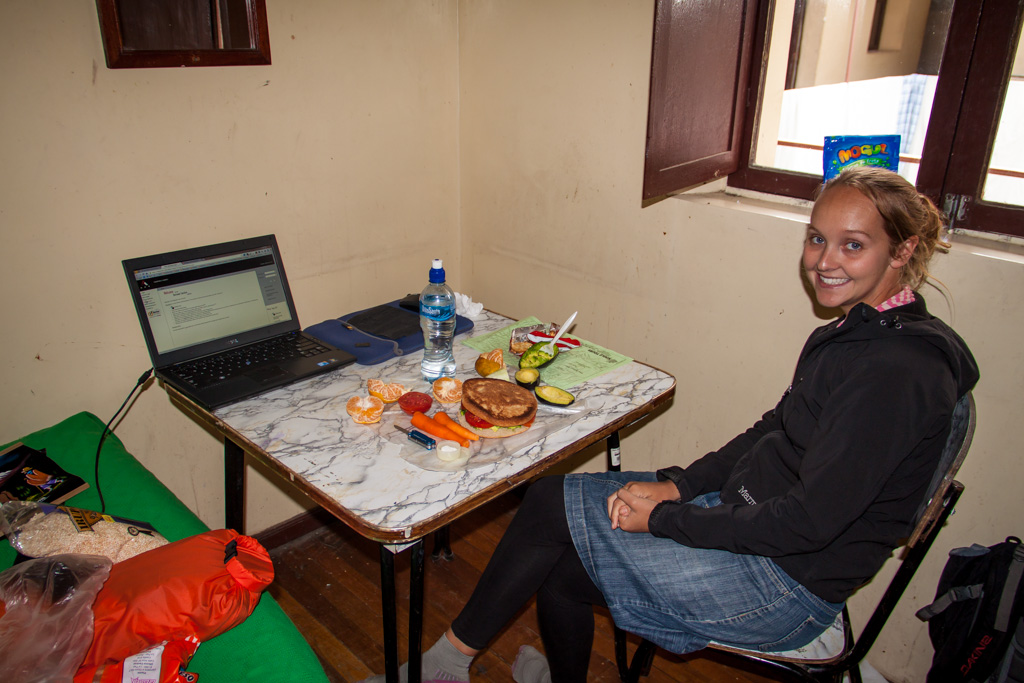
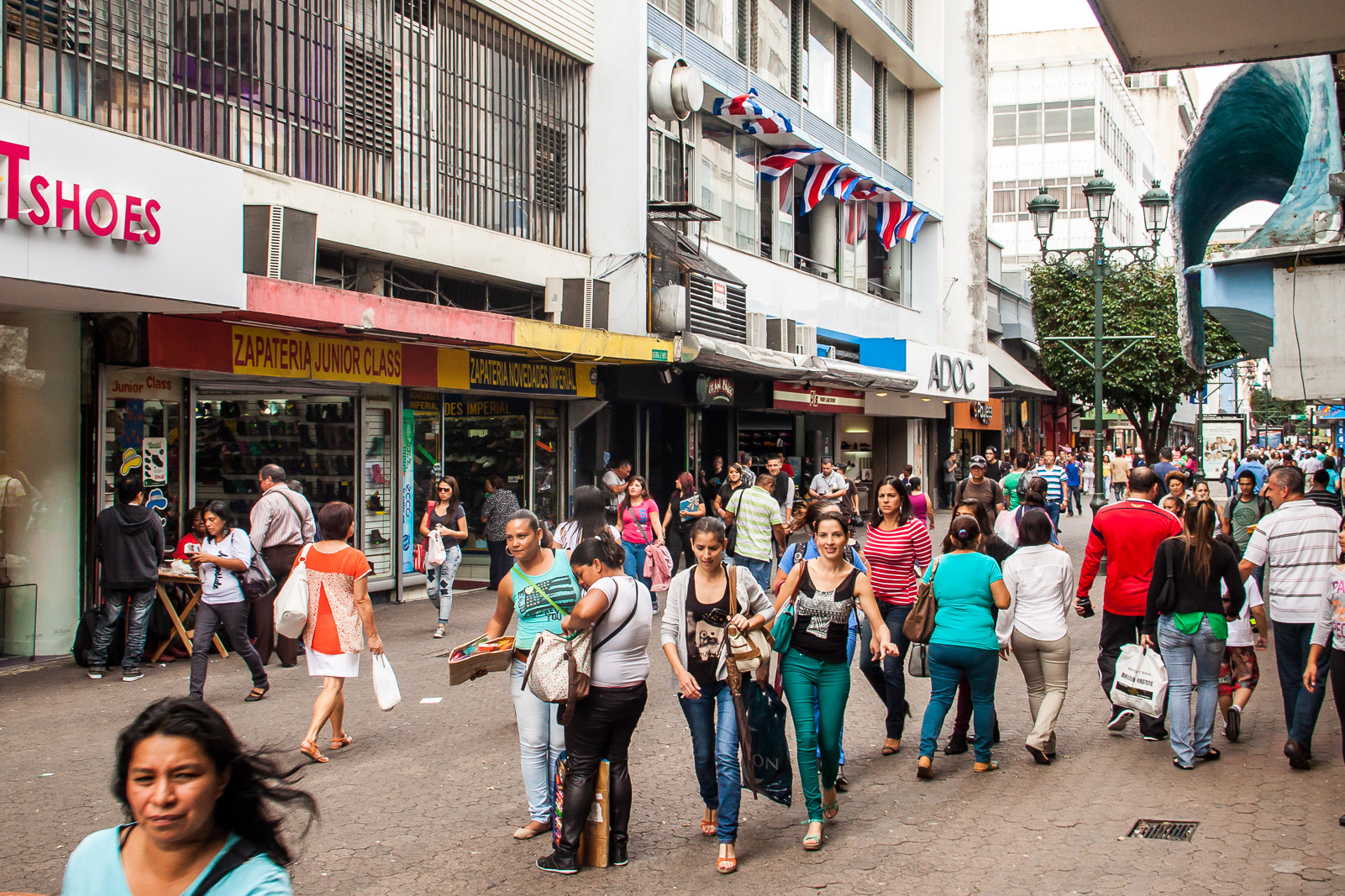
just divide by 500 to figure approx. dollars
for colones to dollars
This is really necessary to know for travelers as they often need to covert their currencies. I will share this with my students so that they can be benefited from your post.